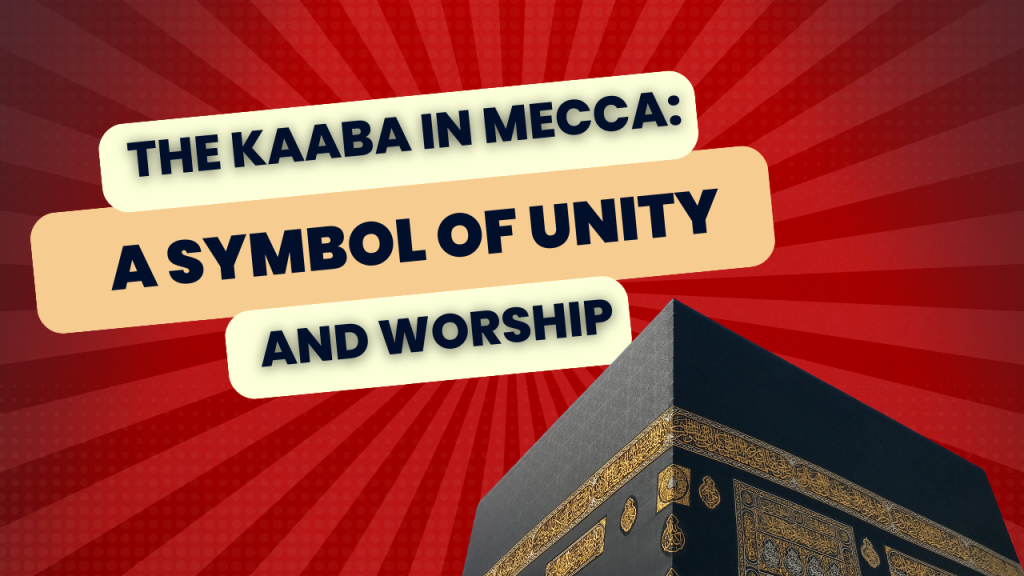
The Kaaba, located in the heart of the sacred city of Mecca, stands as a powerful symbol of unity and worship for millions of Muslims around the world. This ancient structure, draped in a black silk and gold curtain known as the kiswah, holds immense religious significance and plays a central role in the Islamic faith. Let us delve into the history, spiritual significance, and the pilgrimage of Hajj to understand why the Kaaba serves as a focal point for Muslims globally.
I. Historical Roots:
The history of the Kaaba dates back to the time of Prophet Ibrahim (Abraham in the Judeo-Christian tradition) and his son, Prophet Isma’il (Ishmael). According to Islamic tradition, they were commanded by Allah to construct the Kaaba as a place of worship. The Kaaba has undergone numerous renovations and expansions over the centuries, yet its core purpose as a sacred sanctuary has remained unchanged.
II. Spiritual Significance:
For Muslims, the Kaaba represents the metaphorical house of Allah and serves as the focal point for daily prayers. Five times a day, Muslims around the world face the Kaaba during their prayers, emphasizing the unity of the Islamic community in their devotion to a single God. The spiritual significance of the Kaaba is deeply ingrained in the hearts of Muslims, fostering a sense of connection and solidarity among believers.
III. The Sacred Pilgrimage of Hajj:
The annual pilgrimage of Hajj, one of the Five Pillars of Islam, draws millions of Muslims to Mecca from every corner of the globe. Pilgrims perform rituals such as Tawaf, circling the Kaaba seven times counterclockwise, symbolizing the unity of Muslims in their worship. The Hajj experience reinforces the idea of equality, as pilgrims from diverse backgrounds come together dressed in simple white garments, emphasizing the universal bond of humanity.
IV. Unity Amid Diversity:
The Kaaba stands as a beacon of unity, transcending geographical, cultural, and linguistic differences among Muslims. It symbolizes the universality of Islam, uniting followers from various ethnicities and walks of life. During Hajj, Muslims stand shoulder to shoulder, irrespective of their social status, demonstrating the egalitarian principles of Islam.
V. Symbol of Peace and Brotherhood:
The Kaaba serves as a powerful symbol of peace and brotherhood in the Islamic world. The annual gathering of millions of Muslims during Hajj fosters a sense of solidarity, as people from different backgrounds come together in a spirit of shared devotion. The Kaaba thus becomes a catalyst for building bridges between diverse communities, promoting understanding and harmony.
In conclusion, the Kaaba in Mecca is more than just a physical structure; it is a spiritual compass guiding the hearts of Muslims worldwide. Its historical roots, spiritual significance, and the annual pilgrimage of Hajj all contribute to the Kaaba’s role as a symbol of unity and worship. As Muslims face the Kaaba in prayer, they are reminded of their common faith, fostering a sense of brotherhood that transcends borders and languages. The Kaaba stands as a testament to the timeless principles of Islam, emphasizing unity, equality, and devotion to the One Almighty God.